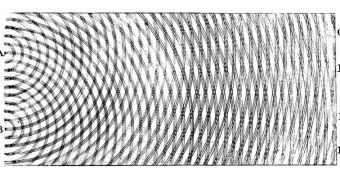About one year ago, a research group made an amazing discovery that turned out to be so important that an entire new field of science was dedicated to it just a few months later. The scientists, from the Rush University Medical Center, in Chicago, found that living cells placed in different cultures tended to synchronize their activities, which, in essence, means that they were communicating through photons. The latter are the elementary particles of the Standard Model that make up light and their influence on living cells was not suspected of being so far-reaching.
When other investigators around the world attempted to replicate the original experiments, they obtained exactly the same results, even if the cell cultures were mechanically, chemically, and electrically isolated from one another. This could only lead to a single conclusion, namely the fact that the cells themselves were actually communicating through photons. The announcement naturally fell like a bomb on the international scientific community, as experts scrambled to look for potential explanations to these amazing causal relations.
The research groups also found other peculiar things in the cells. They discovered that the small building blocks of any organism were capable of producing up to ten photons per square centimeter per second. The light emanating from the structures was mostly identified to operate in optical and ultraviolet (UV) wavelengths. The thing about this phenomenon is that it cannot be explained by normal thermodynamic emissions. However, it became clear in studies that this form of communication alone was able to boost the mitosis rate in the cells by more than 50 percent.
Now, a researcher from the Lebedev Institute of Physics, in Moscow, believes he may have found an explanation for the peculiar phenomenon. Sergei Mayburov says that the solution to the puzzle is a natural process that occurs within the cells, which has been known to take place for a long time. The idea was first proposed in the 1960s, and it basically says that optical or UV photons entering the cells create electron-hole pairs, or excitons, which then alter other properties of the structure. This explanation is the basis for understanding photosynthesis.
What Mayburov is saying is that the process is also reversible, not limited to photosynthetic cells and, thirdly, possible to modulate for communication. Regardless of whether this idea is valid or not, the thing to take home here is the idea that the field is growing, and many more people are beginning to take an interest in it. Soon, more investigations will definitely bring more light to this still-obscure area of research. Technology Review reports.

 14 DAY TRIAL //
14 DAY TRIAL //